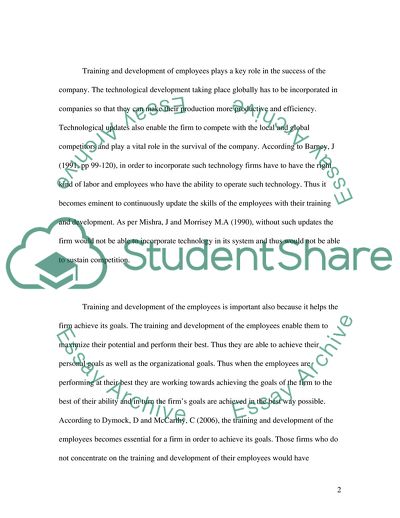Cite this document
(Training and development can make or break a company Essay, n.d.)
Training and development can make or break a company Essay. https://studentshare.org/human-resources/1714526-training-and-development-can-make-or-break-a-company
Training and development can make or break a company Essay. https://studentshare.org/human-resources/1714526-training-and-development-can-make-or-break-a-company
(Training and Development Can Make or Break a Company Essay)
Training and Development Can Make or Break a Company Essay. https://studentshare.org/human-resources/1714526-training-and-development-can-make-or-break-a-company.
Training and Development Can Make or Break a Company Essay. https://studentshare.org/human-resources/1714526-training-and-development-can-make-or-break-a-company.
“Training and Development Can Make or Break a Company Essay”. https://studentshare.org/human-resources/1714526-training-and-development-can-make-or-break-a-company.


